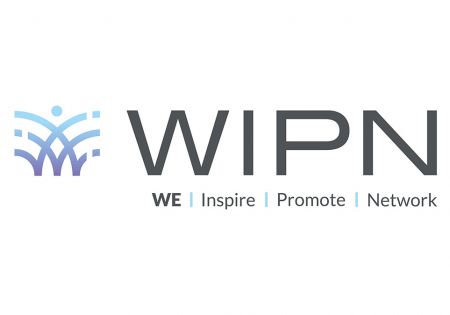For more stories like this, sign up for the PLANADVISERdash daily newsletter.
PANC 2015: Top Trends
Two longtime industry experts took a high-level view of employer-sponsored benefit programs during the first day of PANC 2015, outlining the top trends likely to impact practice management and profitability in the year ahead.
Plan sponsors are taking a more holistic view of benefits and advisers should take note when formulating value propositions and service models, noted Scott Buffington, vice president of retirement services national sales for MassMutual Retirement Services.
“It means a lot when you’re talking to a company prospect,” he said, adding that with health care, disability, life insurance and other types of benefits all bombarding participants with different messages, people are used to thinking about benefits in terms of distinct silos. But these messages intersect and their interplay is very important, Buffington said, and participants need help more than ever to sort everything out.
“Helping people to see how things intersect is a big trend,” Buffington said.
Buffington was also asked if the annual enrollment around health care is an important time for plan sponsors to bring up retirement enrollment, given the growing convergence of benefits. “Yes,” he said, “more tools are being launched and the best advisers can lead the discussion for participants as they contemplate their pool of benefits dollars.”
An aging workforce that can’t afford to retire will have an economic impact on other benefits programs, Buffington said. “Look at the demographics of your plan and articulate to your CEO that it makes sense to calculate the benefit of other benefits programs,” he advised. “We’re seeing this across the country, how benefits intersect, and more advisers are partnering with benefits firms to have that conversation.”
NEXT: Financial wellness on the riseAdvisers want more conversation around wellness, said Michael Domingos, vice president, corporate distribution and strategy at Prudential Retirement, but the range of definitions makes it more difficult. “If there are 150 people in the room, I’d probably get 150 different answers as to what it is,” he said.
Interest is growing in the notion, however, he said, given what employees and employers both say about wellness. Citing statistics from LIMRA, he pointed out that 79% of employees say they lose sleep over their finances and another substantial portion admit they live paycheck to paycheck.
On the employers’ perspective, Domingos said, seven out of 10 HR professionals say financial challenges impede workplace performance. “The good news is that in a similar study, 81% of employers said they want to be able to provide some form of wellness,” he said, “and 89% of employees said they feel it is appropriate to get that counsel through the workplace.”
The concept of financial wellness could be opening a new frontier for advisers, he said, with some completely changing their business model, creating wellness curricula around debt management and estate planning, for example, and marketing the service to large plan sponsors as education modules.
On the matter of how advisers can address the issue of retirement plan participants who don’t save enough even with optimal plan design features in place, Domingos cited five key behavioral challenges that each must be overcome to ensure better outcomes. These are the longevity disconnect, procrastination, optimism bias, over-reaction and impulse control, he said.
NEXT: The challenge of living longer“One in four people will live past 90,” Domingos said, which converges with several factors—market volatility and the shift from defined benefit (DB) to defined contribution (DC) plans, creating even stronger need to help people manage longevity.
“The concept of income as part of a retirement plan is not new,” Domingos said, since annuities have been around a long time. But since 2007 interest has been growing in an institutional approach to guaranteed income, and research shows the number of plans offering some income option is soaring. “Definitely have an eye toward this talk with your clients,” he said. “It’s gaining traction—and there’s a huge opportunity to provide it.”
Pension risk management could be an opportunity for advisers, and Domingos suggested that if advisers are not spending time on this, they might want to consider it. “Organizations can use a lot of help and you can really differentiate yourself,” he said. A growing number of plans are de-risking, he said, for several reasons. “Your client is faced with increasing PBGC premiums,” he said. “They are going up to $64 per person. That’s a real cost. Mortality tables are being updated, and the spread is 6% to 9% for increasing your liabilities. Pension buyout transfers all risk to the balance sheet of an insurer. There’s a huge move in that direction.”
According to Buffington, niche markets provide the best opportunity: “They need your help,” he said. Their lack of expertise in DC could mean a big referral opportunity, and the longevity of the relationship is a possibility. “We try to educate advisers to diversify their revenue,” he said.
You Might Also Like:
Itzoe Launches Getre(k)ruited.com Industry Networking Platform
